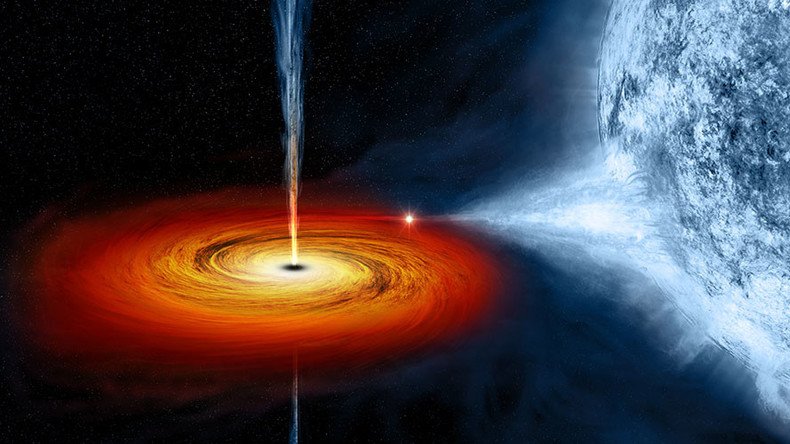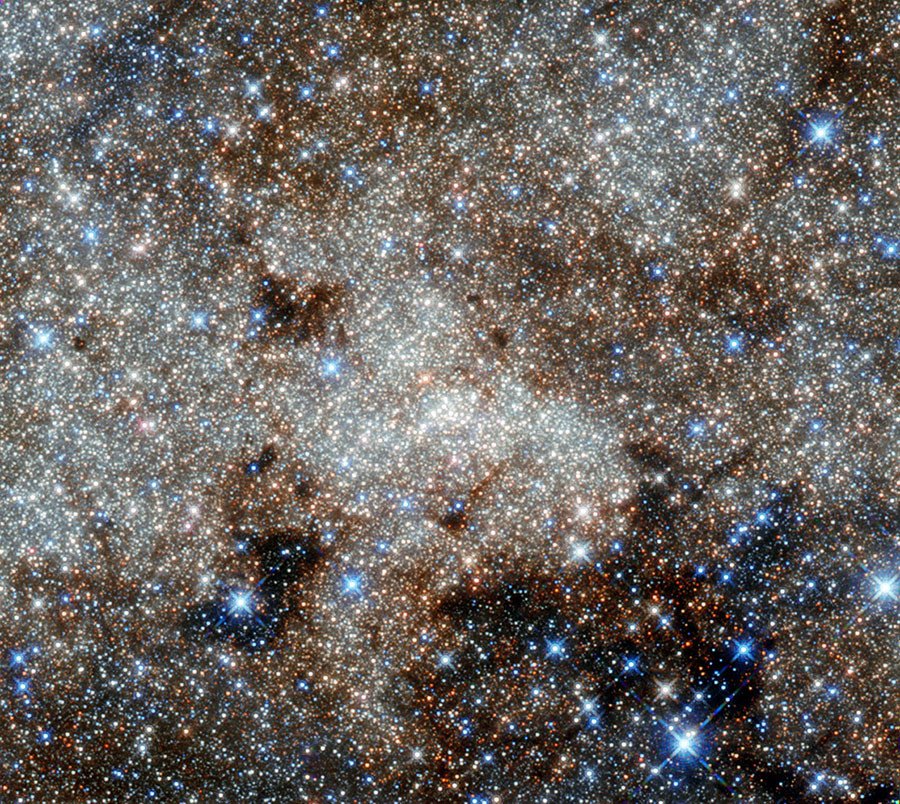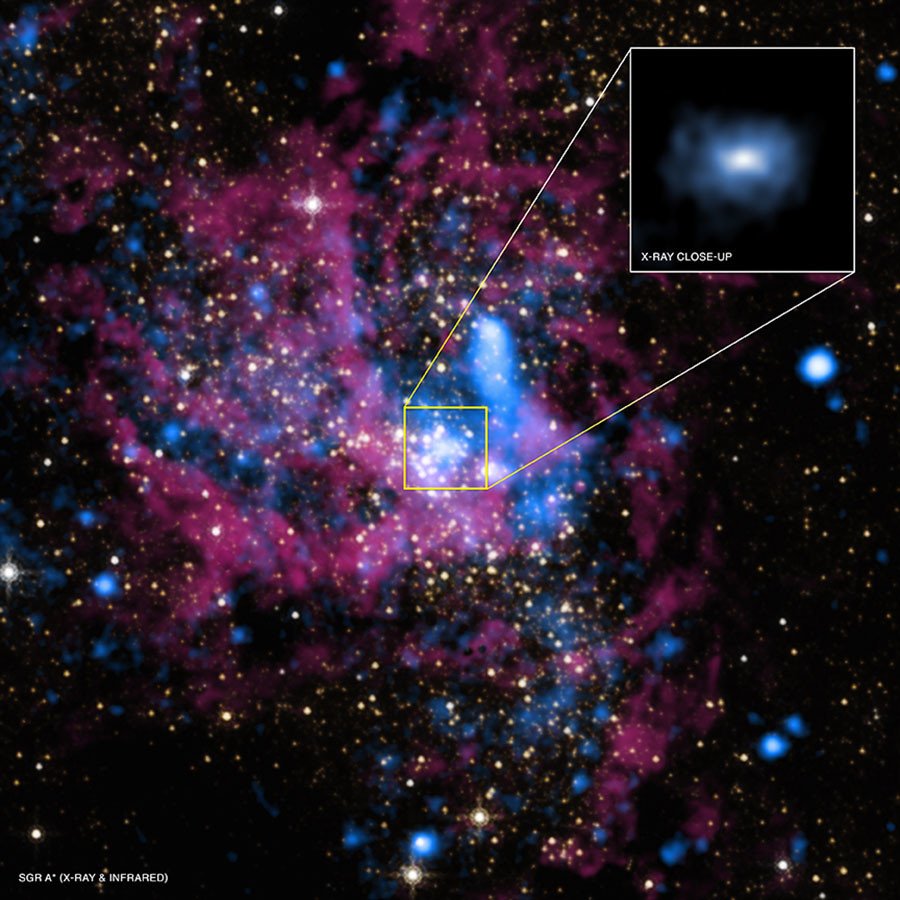Black hole cam: Astronomers launch mission to snap first ever image of star eater

A mission to nab the first-ever photo of a supermassive black hole has been kicked off by a team of astronomers, who will attempt to use a large network of telescopes controlled from Holland to capture the image.
Foto van zwart gat wordt allesbehalve saai. https://t.co/6ijkvki5zO#BNR
— Radboud Universiteit (@Radboud_Uni) April 5, 2017
A direct image of a black hole continues to evade the scientific community, with current images all based on artist impressions or computer simulation. That’s because the extremely dark ‘star eaters’ are difficult to see, since their gravitational pull means they do not emit light.
READ MORE: Black hole & ‘the Bullet’: Key to mystery of Milky Way’s speeding space cloud (IMAGE)
While no accurate photo exists, scientists have observed how black holes with a mass of more than 1 million suns impact stars and gas around them.

Led by Radboud University astronomers from the Netherlands, scientists now plan to use a virtual telescope, or the Event Horizon Telescope as it’s known, to gain a clearer perspective on the space phenomenon.
The network of telescopes, incorporating hardware from the US, Mexico, Spain, the South Pole and Chile, uses ‘Very Long Baseline Interferometry’ to focus radio waves on a supermassive black hole – in this case the boundary of Sagittarius A.

Sagittarius A is at the center of the Milky Way and appears to be surrounded by a cloud of trillions of asteroids and comets stripped from nearby stars, according to NASA.
The observation mission is based out of a control room in Nijmegen in the Netherlands and will run until April 14. It remains to be seen, however, if the supermassive black hole is ready for its close-up.
Even if the project is successful, the wider world will not be able to glimpse the first image until sometime in 2018 due to the isolated locations of the telescopes involved.
Wednesday the Event Horizon Telescope will start its first observation. Control room @Radboud_Uni in Nijmegen https://t.co/Q1gs6rmgFbpic.twitter.com/I6xAZv6SfS
— Iris Roggema (@IrisRoggema) April 3, 2017
“One of the reasons is that the hard disk with recordings from the South Pole Telescope can only be collected when spring starts in Antarctica – which will be October 2017 in the earliest,” a Radboud University statement reads.
Radboud University astronomer Heino Falcke described this week’s attempt as an “adventurous journey towards a black hole.”
READ MORE: Stellar cannibalism: Black holes tear stars apart more often than thought - study
“If everything works as expected and the weather is fair on all telescope locations we might have a chance to get a first glimpse of the event horizon [boundary[,” he said. “However, I think we need more observation campaigns and eventually more telescopes in the network to make a really good image.”












